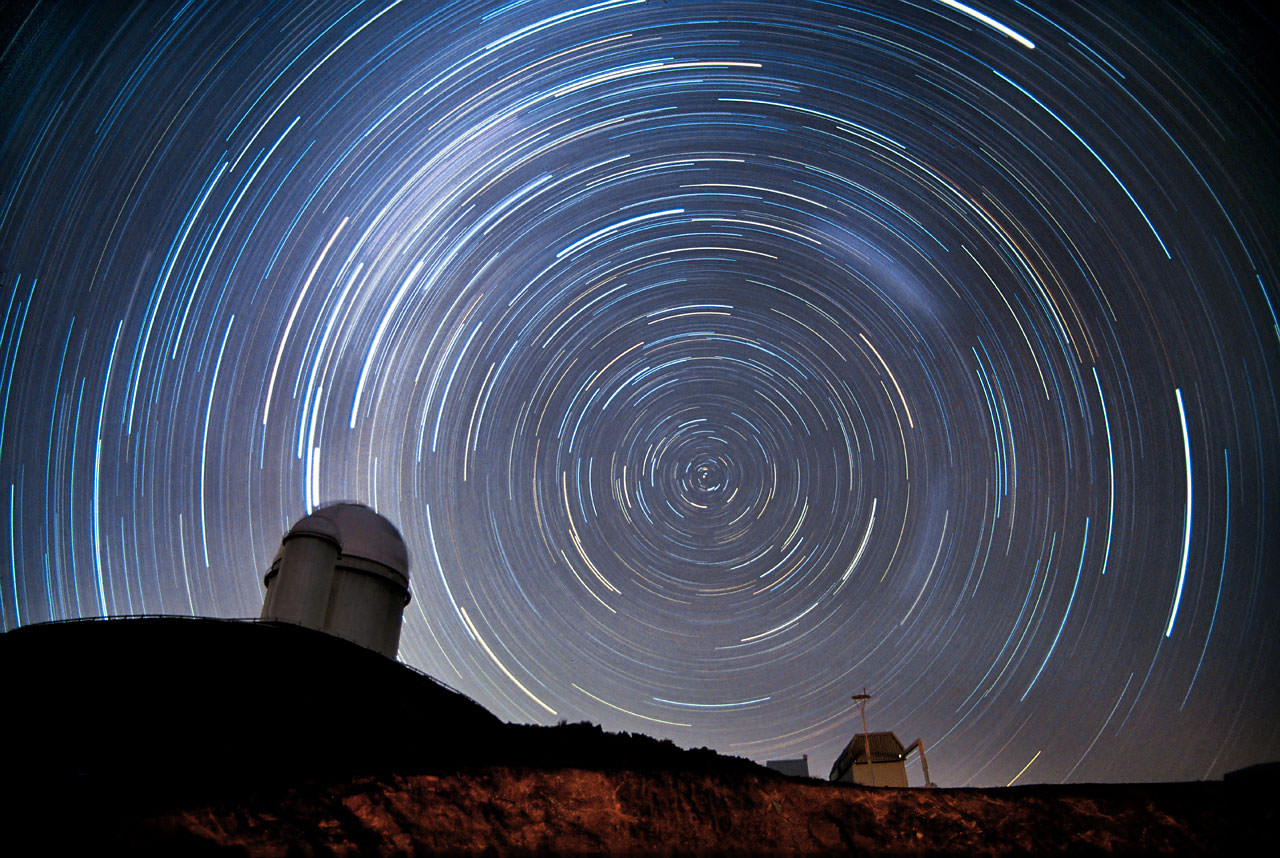In this series we are exploring the weird and wonderful world of astronomy jargon! You’ll see from one side to the other of today’s topic: the celestial sphere!
We live on the surface of the Earth, which is a globe. To help us orient ourselves and navigate around, we draw pretend lines on the globe. The lines of latitude run parallel to each other from east to west, and the lines of longitude run from north to south. You can name any position on the Earth in reference to these lines. We also have a few special places, like the equator that runs around the middle of the globe, and the two poles.
We live under the dome of the sky. While the true expanse of space stretches away from us in three dimensions, it’s still helpful to pretend that all the objects in the sky live on the inside of a giant globe. And we can divide up that globe the same we divide up the Earth. This is the celestial sphere.
As the Earth spins the celestial sphere appears to rotate around us. If you were to draw an imaginary line stretching from our north and south poles, they would intersect the celestial sphere at the north celestial pole and south celestial pole, respectively.
The point directly above your head on the sky is called the zenith, and the point directly beneath your feet is the nadir (even though you can’t see it because the Earth is in the way).
Instead of latitude and longitude, the celestial sphere has right ascension and declination. Astronomers use right ascension and declination to mark the position on the sky of any celestial object.
There’s one other important line. Over the course of a year the Sun and planets appear to follow a particular track. That’s the plane of our solar system, and on the celestial sphere it’s called the ecliptic.

